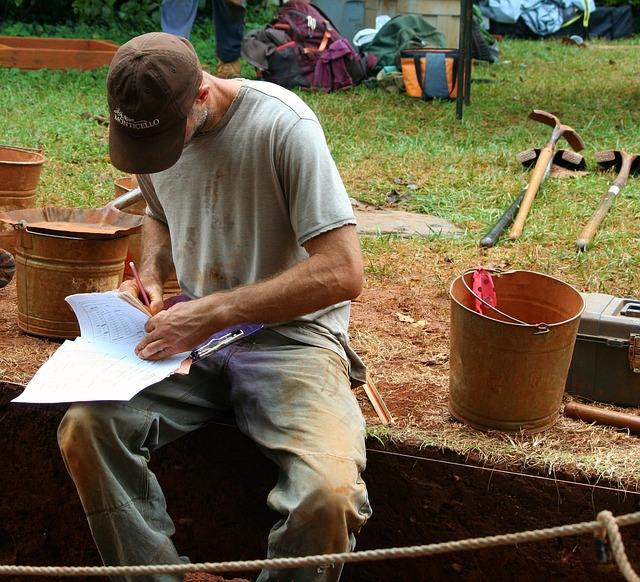
Archaeologist claimed that they may have discovered the remains of the residence of a noble at Fujiwarakyo, which was the Imperial capital of Japan for sixteen years between 694 and 710.
It should be mentioned that it was the 40th monarch of Japan, Emperor Tenmu and the husband to Empress Jito, who planned and commissioned the Fujiwara Capital and Fujiwara became Japan's first planned capital city.
The Archaeological Institute of Kashihara in Japan mentioned that the archaeological site is located at almost two kilometres away from the centre of this ancient town.
Earlier archaeologists found such massive plots, which were granted to the high-profile people, close to the centre of ancient Fujiwarakyo. As per the current revelation, the size of this historic plot measures about 130 meters on each side, suggests that it may have belonged to a noble.
They also found supposed traces to main part of the residence that measured about 13.5 meters from east to west and 5.4 meters from north to south, as well as signs of a gate, fence and annex.
The latest finding also indicates a possibility that nobles may have lived further from the capital's centre than previously thought.
These archaeological remains were uncovered during the excavation ahead of the construction for the new campus of Nara Medical University.
The deputy director of the National Museum of Japanese History, Hitoshi Hayashibe stated that based on the plot location, "there could have been no rule in Fujiwarakyo that the nobility was to be given lots for their residences near the imperial palace like in Heijokyo," which became the Capital of Japan, from 710–40 and again from 745–84.
However, some archaeologists argued that the recent claims and the remains don't represent the residence of a noble.
Tsuyoshi Ozawa, a professor at Mie University, while addressing the structure believed to have been the gate said, "I guess that it was a kind of government office."









